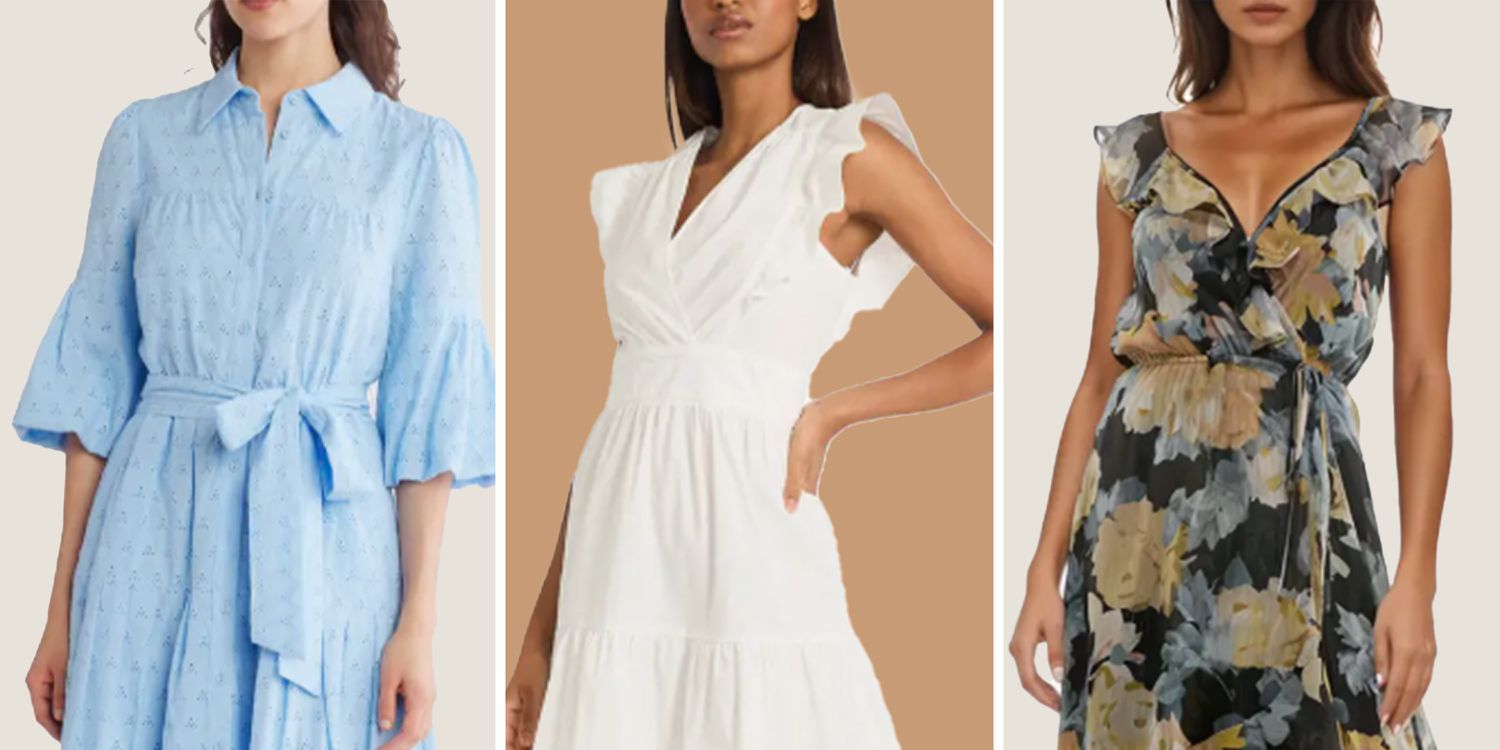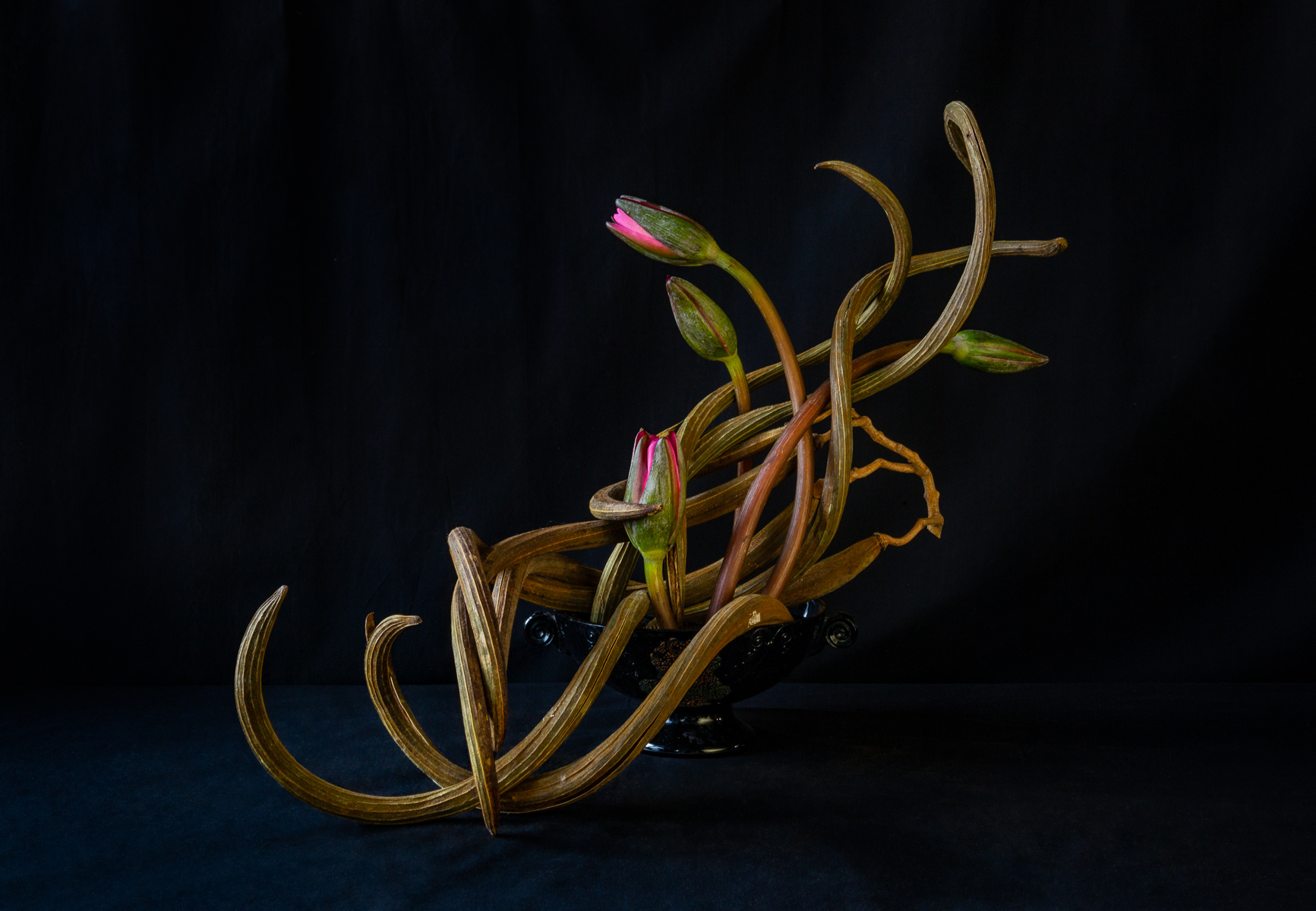
5 Rug Mistakes That Always Make Designers Cringe (and What to Do Instead)
Several factors determine which rug is the best rug for your space. Room size, design style, pattern and color all deserve consideration. This also means there’s plenty of room for error when it comes to selecting the right one, and the stakes can feel high when you’re purchasing a non-returnable vintage rug or an investment piece.
Weeding out the wrong rugs will lead you to the right one, so we asked designers to share a few common rug mistakes that immediately stick out to the trained eye.
Meet the Expert
- Whitney Ray is the principal designer at Wyeth Ray Interiors, where she offers services for full house renovations and furnishings.
- Pattie Kelly is a certified interior decorator at Inspired Home Interiors who specializes in comfortable living spaces that are organized and attainable.
- Lucy Harrison is an interior designer at SouthPark Interiors and is known for her use of pattern and color in her work.
Choosing a Rug That’s Too Small
When we asked each designer which rug mistake made them cringe the very most, all three said the same thing: choosing rugs that are too small.
“This is a faux pas because this can make the spaces feel very disproportional,” interior designer Lucy Harrison says. “It can also make the furniture placed on top of the rug feel off on scale.”
Instead, principal designer Whitney Ray notes that a rug “should anchor your space and pull all of the pieces together.”
Interior decorator Pattie Kelly adds, “The worst offender is the tiny rug that only exists under the coffee table.”
Here’s a little cheat sheet on rug size by these designers:
- In a dining room: All four legs of your dining chairs should fit on the rug, even when guests scoot them out to sit in.
- In a living room: The rug doesn’t necessarily have to be large enough for all of your furniture to rest on it, but at the very least, the front legs of your upholstery pieces should fit on it.
- In a bedroom: An area rug under a bed should extend past both sides. At least the front two legs of your nightstands should fit on it.
Want more design inspiration? Sign up for our free daily newsletter for the latest decor ideas, designer tips, and more!
Choosing an Impractical Rug
Ray can immediately tell you if a rug is going to hold up in a certain space just by looking at its material composition.
“One of the most common mistakes is selecting a rug made from an unsuitable material for its intended use,” Ray says.
For example, she always recommends a low-pile or flatweave rug for a dining room to allow for chairs to glide smoothly against it and not cause any damage from resistance.
In sun-drenched spaces, you’ll want to go with a rug made from UV-resistant materials, especially if you opt for a saturated rug. Otherwise, it will fade quickly.
“The functionality of the rug is extremely important,” Harrison adds. “When selecting a rug, you need to think about how the space is being used. If you have lots of kids and a big dog and you place a large, lighter, neutral rug in a high-traffic area, it’s probably not going to last very long, nor is it practical.”
Improper Positioning
KatarzynaBialasiewicz / The Spruce
You can select a perfect rug for your space, but ultimately, putting it in the wrong spot can steer the entire design off course. For example, Kelly often notices improper rug placement in bedrooms.
“The most important thing to keep in mind when positioning an area rug [in your bedroom] is to ensure your feet land on the rug when you get out of bed,” Kelly says. “Oftentimes folks will have the area rug pulled down toward the end of the bed, missing this crucial placement.”
Overpowering Patterns or Colors
Kanok Sulaiman / Getty Images
While Harrison has nothing against statement rugs, she does note that rugs should display patterns and colors that harmonize instead of compete with the rest of the room.
“You want the rug to complement the space and not overpower it,” she says.
For example, if you want to go with a bold color for your rug, repeat that color in a few small details throughout the room, such as in art or throw pillows. The key is to achieve a blended look rather than a perfectly matching design, which leads us to our next common rug mistake.
Forcing a Matched Look
One rookie design mistake is thinking everything in a space needs to match perfectly, and this especially overcomplicates rug selection for an open-concept floor plan.
“A major misconception is that area rugs need to match if they are in adjacent rooms that are open to each other,” Kelly says. “I’ve seen homeowners sacrifice getting the right size rug in order to put two of the same rug in their home.”
Instead of purchasing a set of identical rugs for an open-concept floor plan, choose coordinating ones. This could look like two rugs with similar but slightly different color schemes or patterns.
“A more collected design with two different rugs will always win out over a matchy-matchy look,” Kelly adds.










